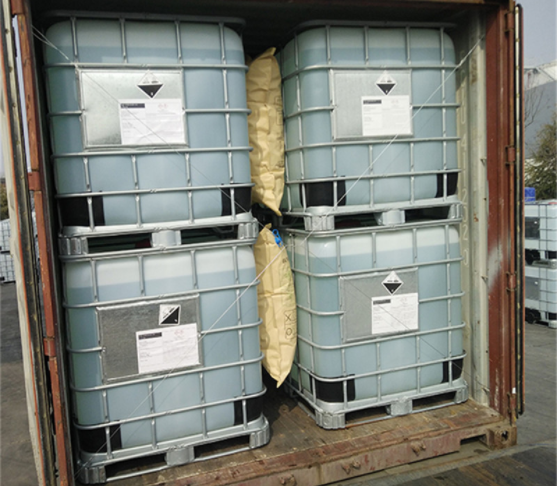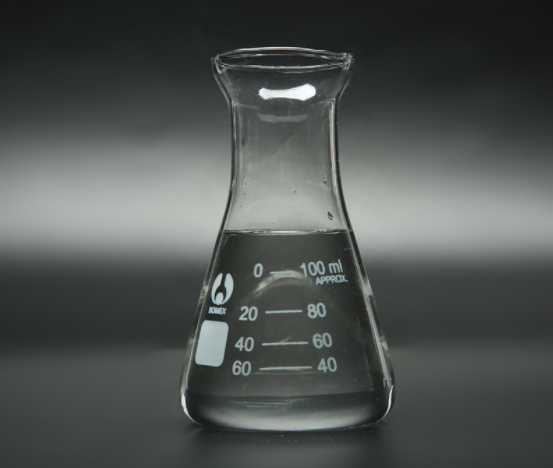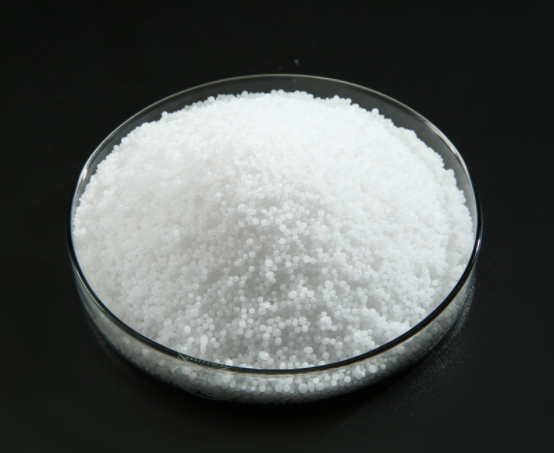Sodium hydroxide (NaOH), also known as caustic soda or lye, is a versatile substance that can be used in a variety of manufacturing processes. Sodium hydroxide is a by-product of chlorine production. We talked about the properties of sodium hydroxide, also known as caustic soda, in a previous article, and today we talk about its use in life.
Sodium hydroxide is used in the manufacture of many everyday products, such as paper, aluminum, commercial drain and oven cleaners, as well as soaps and detergents. (According to the U.S. Centers for Disease Control and Prevention's Agency for Toxic Substances and Disease Registry, exposure to sodium hydroxide in solid or solution form can cause skin and eye irritation due to its strong corrosive properties. Workers in facilities that manufacture or use sodium hydroxide should follow product safety instructions.)
Sodium hydroxide is used in the manufacture of soaps and various cleaners used in household and commercial applications. Chlorine bleach is a mixture of chlorine and sodium hydroxide. Sewer cleaners containing sodium hydroxide convert fats and grease that can clog pipes into soap that dissolves in water.


Municipal water treatment facilities use sodium hydroxide to control the acidity of water and to help remove heavy metals from water. Sodium hydroxide is also used to produce sodium hypochlorite, a water disinfectant.
Sodium hydroxide is used to help make a variety of drugs and pharmaceutical products, from common painkillers such as aspirin to anticoagulants that help prevent blood clots to cholesterol-lowering drugs.
Sodium hydroxide is used to extract alumina from natural minerals. Aluminum oxide is used to make aluminum and a variety of products, including aluminum foil, cans, kitchen utensils, beer kegs and aircraft parts. In building and construction, aluminum is used to make materials for building facades and window frames.
In the energy sector, sodium hydroxide is used in fuel cell production. Fuel cells work like batteries to cleanly and efficiently generate electricity for a range of applications, including transportation; materials handling; and stationary, portable and emergency backup power applications. Epoxy resins made from sodium hydroxide are used in wind turbines.
In many paper manufacturing processes, wood is treated with a solution containing sodium sulfide and sodium hydroxide. This helps dissolve most of the unwanted material in the wood, leaving relatively pure cellulose, which is the basis for paper. In the paper recycling process, sodium hydroxide is used to separate the ink from the paper fibers so that the paper fibers can be reused again.
Sodium hydroxide is used in a variety of food processing applications, such as curing foods like olives or helping to brown Bavarian-style pretzels to give them their characteristic crunch. Sodium hydroxide is used to remove the skins of tomatoes, potatoes and other fruits and vegetables for canning, and as an ingredient in food preservatives to help prevent the growth of mold and bacteria in foods.

Sodium hydroxide is used in many other industries and manufacturing processes. It is used in the manufacture of rayon, spandex, explosives, epoxy resins, paints, glass and ceramics. It is also used in the textile industry to make dyes, to process cotton fabrics, and for washing and bleaching, as well as for metal cleaning and processing, oxide coating, electroplating, and electrolytic extraction.
Sodium hydroxide is typically stored in bottles for small laboratory use, medium-sized bulk containers (medium capacity containers) for cargo handling and transportation, or large stationary tanks with capacities up to 100,000 gallons for use in manufacturing or wastewater plants containing large amounts of NaOH. Please follow XINLONGWEI to find more info and contact us today, we'll reply to you soon.